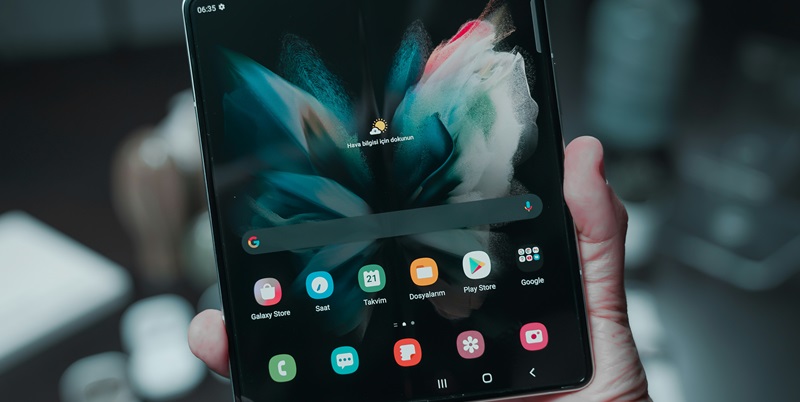Samsung’s decision to suspend the launch plans for the Galaxy Z Fold6 Ultra, a premium variant of its foldable smartphone series, has raised some pertinent questions within the tech community. Originally expected to launch alongside the standard Galaxy Z Fold6, the Ultra variant was anticipated to introduce significant design upgrades and advanced features. However, new reports and sources, including renowned industry insider Roland Quandt, suggest that Samsung has decided not to proceed with the Ultra version at this time. This decision appears to be influenced heavily by increased competition in the foldable smartphone market from brands like OnePlus, Google (with its Pixel Fold), and Honor (Magic V2).
Assessing Market Competition
One of the main factors affecting Samsung’s decision is the heightened competition in the premium segment of the foldable smartphone market. Just a few years ago, Samsung held a dominant position, a scenario that made the introduction of a premium variant like the Galaxy Z Fold6 Ultra an appealing proposition. Consumers looking for high-end foldable devices had few options beyond Samsung, which allowed the company to set high price points for its cutting-edge technology. However, the market landscape has drastically changed with the emergence of strong contenders in the foldable segment.
Brands like OnePlus, Google, and Honor have introduced compelling alternatives that closely rival Samsung’s offerings in terms of features and are priced similarly to the Galaxy Z Fold series. This increasing competition has forced Samsung to reassess its strategy. Introducing an even higher-end, more expensive foldable smartphone might not be viable when other strong brands are already competing fiercely at similar price points. As a result, Samsung is now focusing on the core Z Fold6 model rather than venturing into ultra-premium variants.
Shifting Consumer Choices
Another critical aspect influencing Samsung’s decision is the shift in consumer choices. The diversification of the market has provided consumers with a broader range of high-quality options at competitive prices. This shift has meant that fewer consumers may see the value in a more expensive ultra-premium model when other brands are offering impressive features at more accessible price points. This nuance is significant for Samsung’s market strategy as it navigates an increasingly saturated arena.
For example, the Galaxy Z Fold6, priced at $1,899 for a 512GB storage variant available for pre-order, remains a significant investment for customers. However, it is likely seen as a more rational choice compared to what would have been an even pricier Ultra variant. Moreover, the ongoing updates and enhancements in the foldable lineup, including a more powerful chipset and IP48 certification, indicate Samsung’s commitment to offering high-quality products without escalating prices unnecessarily.
Conflicting Reports and Future Directions
Samsung’s choice to hold off on the launch of the Galaxy Z Fold6 Ultra, a high-end version of its foldable smartphone line, has stirred up quite a bit of discussion in the tech world. The Ultra variant was initially slated to debut alongside the standard Galaxy Z Fold6 and was expected to showcase major design enhancements and cutting-edge features. Nevertheless, recent reports and sources, including well-known industry insider Roland Quandt, indicate that Samsung has opted out of introducing the Ultra model at this juncture. This move seems to be largely driven by the intensifying rivalry in the foldable smartphone sector, with competitors such as OnePlus, Google (with its Pixel Fold), and Honor (Magic V2) stepping up their game. These brands are pushing the envelope with their innovative approaches, making it more challenging for Samsung to maintain its dominant position without carefully reconsidering its strategy. By focusing on refining and perfecting their existing offerings, Samsung aims to stay competitive in a rapidly evolving market.

